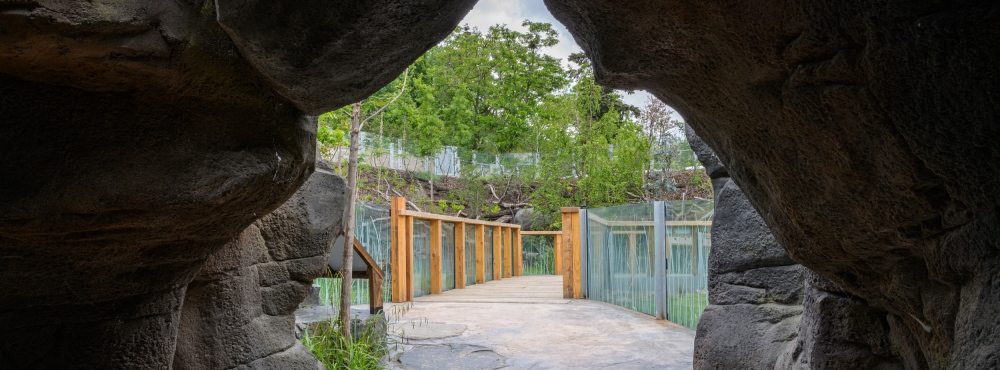The name and concept of this Prague Zoo’s exhibit of Tasmanian and Australian fauna were inspired by a real crater located in Tasmania and formed by a meteorite impact approximately 700,000 to 800,000 years ago.
The exhibit features around twenty animal species, with two extraordinary marsupials taking centre stage: the endangered Tasmanian devils and the wombats, ground-dwelling relatives of the koala. Prague Zoo is the only zoo in the Czech Republic to keep both species.
Other parts of the exhibit are undoubtedly just as captivating, especially the walk-through kangaroo enclosure. Visitors will also encounter egg-laying echidnas, two fascinating species of Australian snakes, and a variety of bird species.
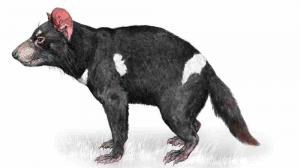
The largest living carnivorous marsupial in the world and a creature with many myths and superstitions; a loner indulging in mass feasts; a shy animal having an undeserved fiery reputation and capable of making eerie growls. This is the Tasmanian devil.
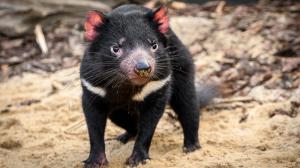
The Tasmanian devil is probably the most iconic inhabitant of Tasmania and has quite rightly become the national animal. For centuries, however, it has also been the object of hostility and persecution. Today, after finally being strictly protected,...
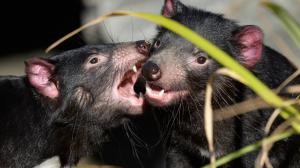
Tasmanian devils are extremely adaptable, inhabiting almost all types of environments except the highest mountains and cities. They play an important role as the health police, cleaning up carcasses. During their rounds they can easily walk up to 16...
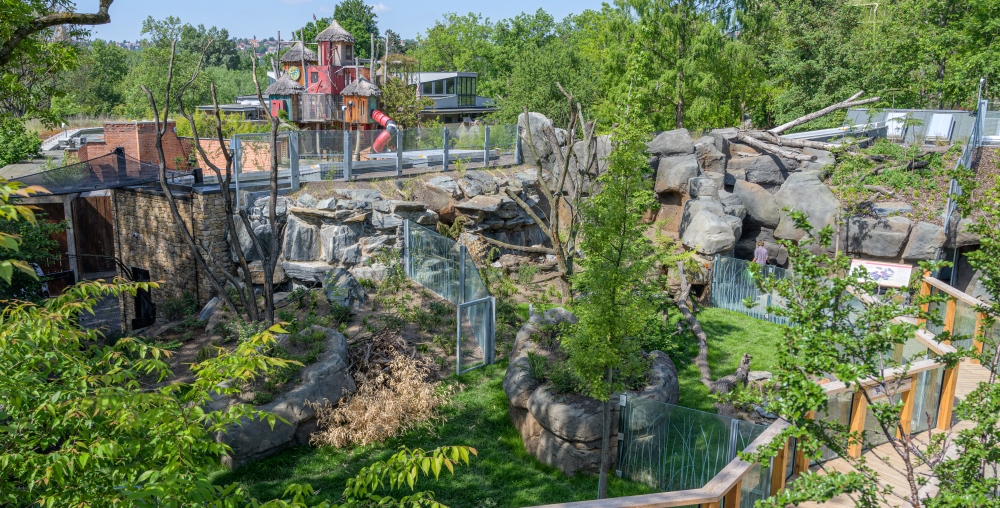
Photo: Petr Hamerník, Prague Zoo
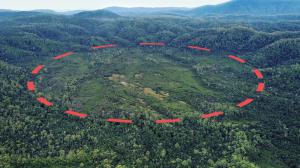
The circular shape of the enclosures in the Tasmanian devil exhibit is no accident. It is a crater! It was created artificially, but is modelled on real life. It is the Darwin Crater in Tasmania, one of the places where Tasmanian devils...
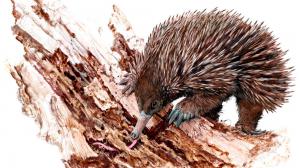
The short-beaked echidna is a truly remarkable mammal. It hatches from an egg, forms a temporary pouch on its belly, resembles a hedgehog but feeds like an anteater, and can sense electric fields! Meet one of Australia’s most widely...
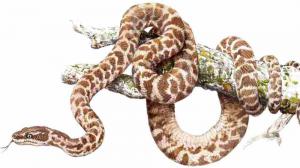
Australia is not just the smallest continent and the land of marsupials – it is also a continent of snakes, especially venomous. There are actually more venomous species here than non-venomous ones, which is not found anywhere else in the world.
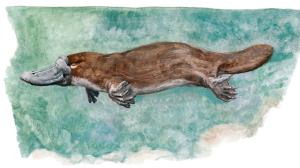
Mammals are a large group of animals to which we humans also belong. They all suckle their young. However, the manner in which they bring their young into the world takes three completely different forms. These are the monotremes,...

Say “wombat” and people will understand you almost anywhere in the world. This marsupial dislikes heat, leads a solitary life, and spends at least half of its time in burrows—often having several within its territory. These underground shelters...
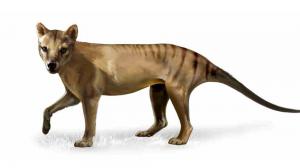
The largest meat-eater in Tasmania today is the Tasmanian devil. At the beginning of the 20th century, however, a much larger marsupial predator still lived on the island, which became part of the Tasmanian coat of arms – the Tasmanian tiger. There...
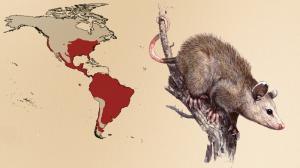
Marsupials and placental mammals (i.e., all other mammals except platypuses and echidnas) are different evolutionary branches. The similar lifestyle of many species, however, led to a similar appearance. Comparisons are not always immediately...
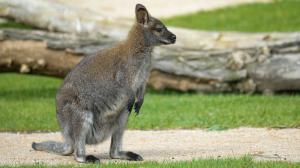
Kangaroos, wallabies and their relatives (such as walaroos, bettongs or potoroos, all of which are collectively called macropods) are among the most successful groups of marsupials. Every third marsupial species in Australia is a macropod! They live...
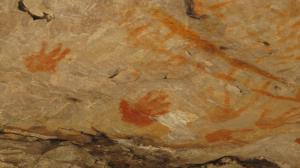
At a number of sites in Australia we can find rock paintings and handprints made by many generations of Aboriginal people. One of them is Gulgurn Manja Shelter in the State of Victoria in southern Australia. The handprints here were made...
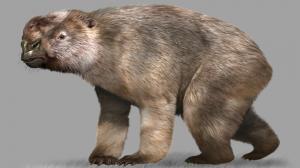
When the first humans came to Australia 65,000 years ago, they found astonishing giant creatures. It was not just some of the marsupials that had grown to unusual sizes, but echidnas, flightless birds and lizards too. A few millennia later, these...
